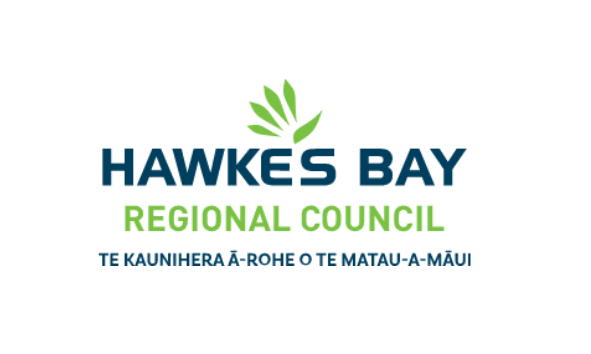The region’s dry weather during August could be our world for the months ahead. The region received less than half of August’s average rainfall. The worst hit area was Tangoio, which had less then 20% of the month’s average rainfall, and the Heretaunga Plains, where only 31% fell.
August’s river flows were understandably lower than usual for the time of year. On a brighter note, groundwater levels were healthy for the end of winter, but they’re normally slower to respond to variations in rainfall. Daytime temperatures were within the normal range but it was chillier than usual overnight, which brought us a good dose of late winter frosts.
As I write, the region is being battered by warm, blustery winds. We are past the halfway point in September and the region has had only 12% of average rainfall for the month. The Heretaunga Plains has had a token 2% and the Ruataniwha Plains 5%. Soil moisture levels are dropping, and in some places, particularly the Ruataniwha Plains, our monitoring sites are showing lower than average levels for the time of year.
An El Niño and a positive Indian Ocean Dipole during our spring and summer don’t bode especially well for more rain. The predominant wind flow over the country for the next few months is expected to be from the westerly quarter. Temperatures are likely to be near or above normal and rainfall lower than usual. Gusty, spring winds aren’t overly welcome at the best of times but this year, thanks to Cyclone Gabrielle, they’re resuspending deposited silt and challenging our lungs with dusty air.
Percentage of Normal Rainfall

Dr Kathleen Kozyniak
Principal Scientist Air
Hawke’s Bay Regional Council






